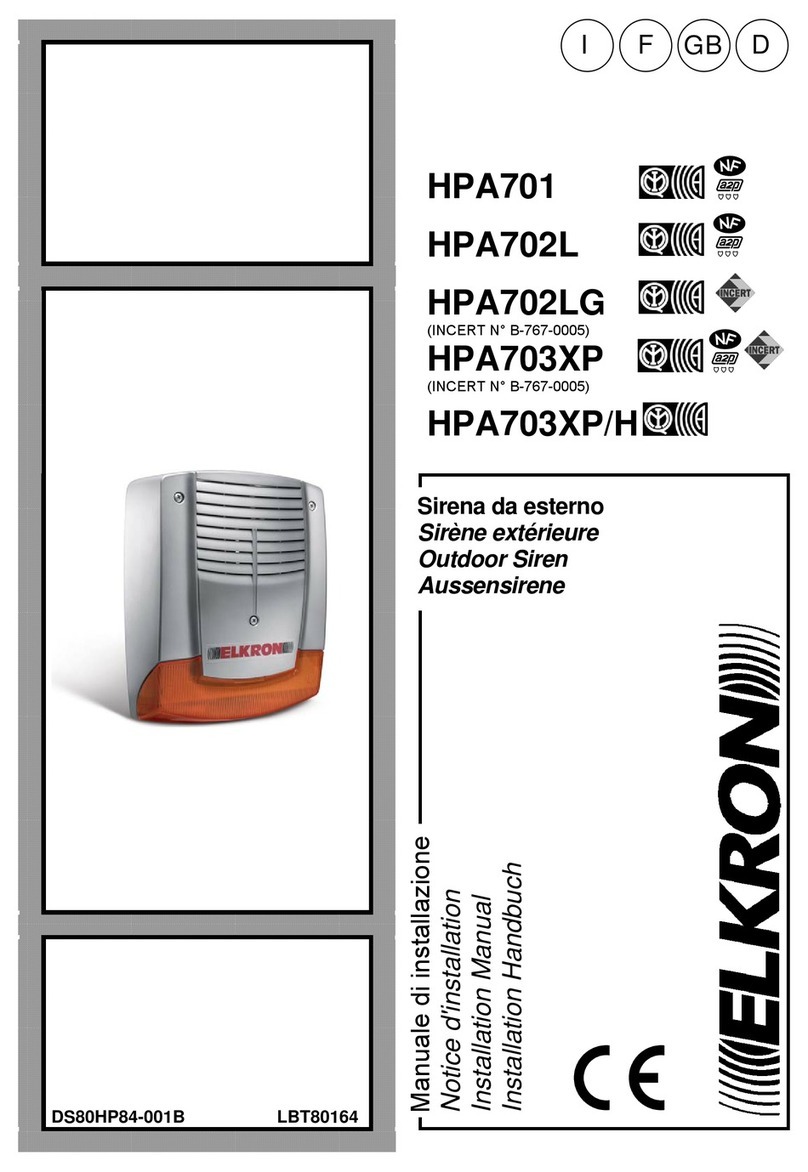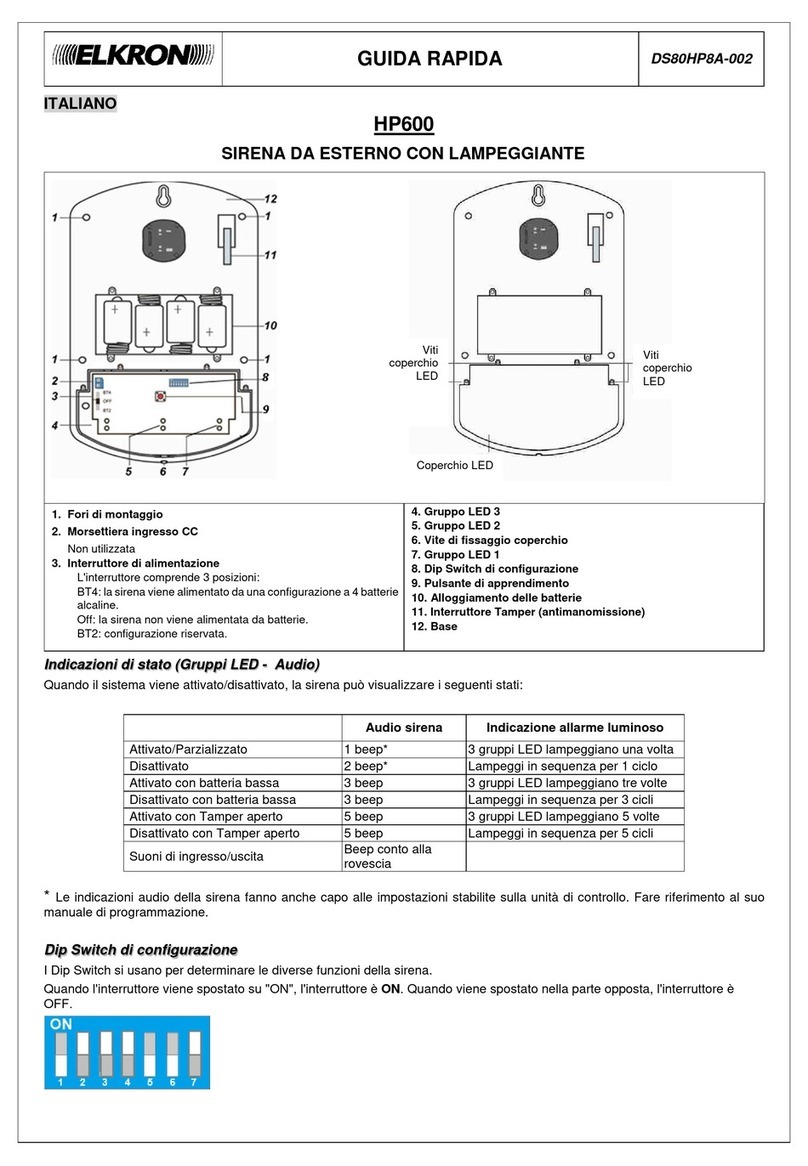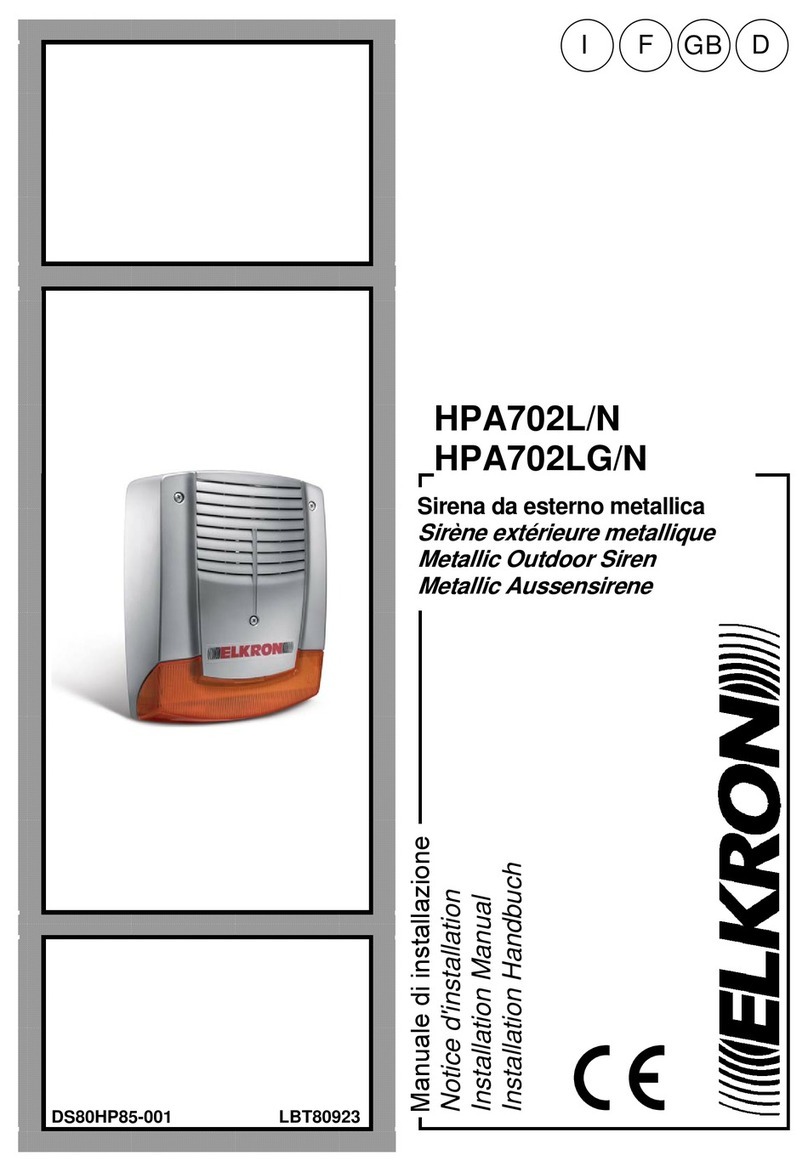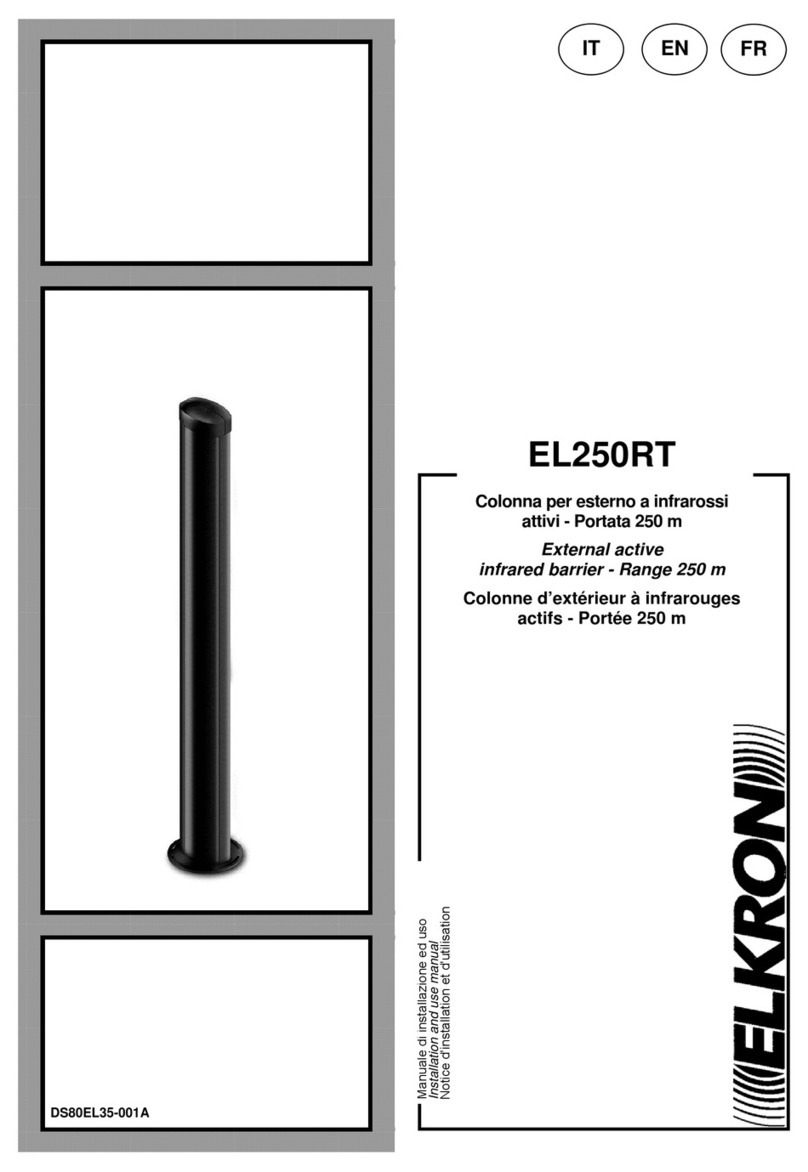
FAP54 Programming 3
TABLE OF CONTENTS
GENERAL DESCRIPTION .................................................................................................................................................................. 5
1 INTRODUCTION .......................................................................................................................................................................... 6
1.1 TERMINOLOGY .................................................................................................................................................................... 6
1.2 BASIC CONCEPTS ............................................................................................................................................................... 7
1.3 DETECTORS AND OUTPUT MODULES ............................................................................................................................. 8
1.4 DETECTION LINES AND CONTROL PANEL ....................................................................................................................... 8
1.5 ZONE .................................................................................................................................................................................... 9
1.6 GROUP OF DEVICES ........................................................................................................................................................... 9
1.7 GROUP OF ZONES ............................................................................................................................................................ 10
1.8 OPERATING MODES OF ZONES AND GROUPS ............................................................................................................. 10
1.9 OPERATING MODES ......................................................................................................................................................... 10
2 OPERATING MODES ................................................................................................................................................................ 13
2.1 SCANNING PHASE ............................................................................................................................................................ 13
2.1.1 Alarms display ............................................................................................................................................................ 14
2.1.2 General fault display .................................................................................................................................................. 15
2.1.3 Field fault display ....................................................................................................................................................... 15
2.1.4 Exclusion display ....................................................................................................................................................... 16
2.1.5 Maintenance display .................................................................................................................................................. 17
2.1.6 Slave control panel display ........................................................................................................................................ 17
2.1.7 Generic events display ............................................................................................................................................... 18
2.1.8 User’s information display .......................................................................................................................................... 18
2.1.9 Acquisition of alarm, fault or maintenance event ........................................................................................................ 18
2.1.10 General reset ............................................................................................................................................................. 18
2.2 PROGRAMMING PHASE ................................................................................................................................................... 19
2.3 FAP54 - MODULAR STRUCTURE ..................................................................................................................................... 19
2.4 EMERGENCY OPERATION ............................................................................................................................................... 20
2.5 INDICATORS, KEYS, RELAYS, JUMPERS ........................................................................................................................ 21
2.5.1 Front side indicators ................................................................................................................................................... 21
2.5.2 Keys ........................................................................................................................................................................... 22
2.5.3 Outputs and relays ..................................................................................................................................................... 23
2.5.4 Jumpers ..................................................................................................................................................................... 23
2.6 MASTER AND SLAVE CONTROL PANELS (OPTIONAL) ................................................................................................. 23
2.7 CONNECTION WITH PERSONAL COMPUTER ................................................................................................................ 23
2.8 CONTROL PANEL PROGRAMMING ................................................................................................................................. 24
2.8.1 Programming through control panel menu ................................................................................................................. 24
2.8.2 Programming via PC .................................................................................................................................................. 24
3 MENU PROG- CONTROL PANEL PROGRAMMING ................................................................................................................ 25
3.1 CIRCUIT .............................................................................................................................................................................. 26
3.1.1 Configure all the circuits ............................................................................................................................................. 26
3.1.2 Configure single circuit ............................................................................................................................................... 29
3.1.3 Manual circuit configuration ....................................................................................................................................... 32
3.1.4 Include/Exclude .......................................................................................................................................................... 33
3.1.5 Verify .......................................................................................................................................................................... 33
3.1.6 Delete all the associations ......................................................................................................................................... 41
3.1.7 Delete expired associations ....................................................................................................................................... 41
3.1.8 Event log .................................................................................................................................................................... 41
3.2 ZONES - ZONES PROGRAMMING .................................................................................................................................... 42
3.2.1 Name ......................................................................................................................................................................... 42
3.2.2 Associate device to zone ........................................................................................................................................... 43
3.2.3 Associate output module to zone ............................................................................................................................... 44
3.2.4 Delayed output modules ............................................................................................................................................ 45
3.2.5 Mode .......................................................................................................................................................................... 50
3.2.6 Include/Exclude .......................................................................................................................................................... 52
3.2.7 Verify .......................................................................................................................................................................... 53
3.3 GROUP - GROUPS PROGRAMMING ................................................................................................................................ 54
3.3.1 Group of devices ........................................................................................................................................................ 54
3.3.2 Group of zones .......................................................................................................................................................... 61
3.4 DEVICE – DEVICES PROGRAMMING ............................................................................................................................... 67
3.4.1 Name ......................................................................................................................................................................... 68
3.4.2 Set device (detectors and input modules) .................................................................................................................. 69
3.4.3 Set device– (output module) ...................................................................................................................................... 71
3.4.4 Include/Exclude .......................................................................................................................................................... 73
3.4.5 Verify .......................................................................................................................................................................... 74
3.5 PASSWORD ....................................................................................................................................................................... 75
3.6 LANGUAGE ........................................................................................................................................................................ 76
3.7 CONFIGURE DEVICES ...................................................................................................................................................... 77
3.7.1 Read local device ....................................................................................................................................................... 77
3.7.2 Read remote device ................................................................................................................................................... 81
3.7.3 Configure local device ................................................................................................................................................ 82
































